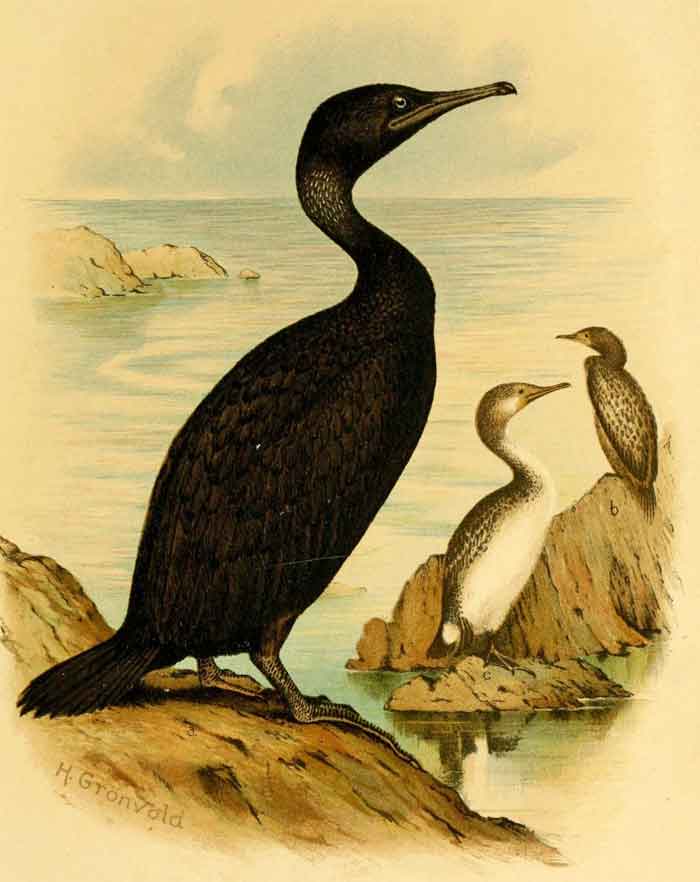
Superregnum: Eukaryota
Cladus: Unikonta
Cladus: Opisthokonta
Cladus: Holozoa
Regnum: Animalia
Subregnum: Eumetazoa
Cladus: Bilateria
Cladus: Nephrozoa
Superphylum: Deuterostomia
Phylum: Chordata
Subphylum: Vertebrata
Infraphylum: Gnathostomata
Megaclassis: Osteichthyes
Cladus: Sarcopterygii
Cladus: Rhipidistia
Cladus: Tetrapodomorpha
Cladus: Eotetrapodiformes
Cladus: Elpistostegalia
Superclassis: Tetrapoda
Cladus: Reptiliomorpha
Cladus: Amniota
Classis: Reptilia
Cladus: Eureptilia
Cladus: Romeriida
Subclassis: Diapsida
Cladus: Sauria
Infraclassis: Archosauromorpha
Cladus: Crurotarsi
Divisio: Archosauria
Cladus: Avemetatarsalia
Cladus: Ornithodira
Subtaxon: Dinosauromorpha
Cladus: Dinosauriformes
Cladus: Dracohors
Cladus: Dinosauria
Cladus: Saurischia
Cladus: Eusaurischia
Subordo: Theropoda
Cladus: Neotheropoda
Cladus: Averostra
Cladus: Tetanurae
Cladus: Avetheropoda
Cladus: Coelurosauria
Cladus: Tyrannoraptora
Cladus: Maniraptoromorpha
Cladus: Maniraptoriformes
Cladus: Maniraptora
Cladus: Pennaraptora
Cladus: Paraves
Cladus: Eumaniraptora
Cladus: Avialae
Infraclassis: Aves
Cladus: Avebrevicauda
Cladus: Pygostylia
Cladus: Ornithothoraces
Cladus: Ornithuromorpha
Cladus: Carinatae
Parvclassis: Neornithes
Cohors: Neognathae
Cladus: Neoaves
Cladus: Aequornithes
Ordo: Suliformes
Familia: Phalacrocoracidae
Genus: Phalacrocorax
Species: Phalacrocorax nigrogularis
Name
Phalacrocorax nigrogularis Ogilvie-Grant & H.O. Forbes, 1899
References
Bulletin of the Liverpool Museums 2 p. 3
IUCN: Phalacrocorax nigrogularis (Vulnerable)
Vernacular names
العربية: غاق سقطري
български: Арабски корморан
català: Corb marí de Socotra
Cymraeg: Mulfran Socotra
Deutsch: Sokotrakormoran
English: Socotra cormorant
Esperanto: Sokotra kormorano
español: Cormorán de Socotora
فارسی: باکلان گلوسیاه
suomi: Arabianmerimetso
français: Cormoran de Socotra
עברית: קורמורן סוקוטרה
Nederlands: Arabische aalscholver
Diné bizaad: Ásáí Dineʼé Bikéyahdę́ę́ʼ tábąąh zhį́ʼii
polski: Kormoran arabski
svenska: sokotraskarv
Türkçe: Basra karabatağı
The Socotra cormorant (Phalacrocorax nigrogularis) is a threatened species of cormorant that is endemic to the Persian Gulf and the south-east coast of the Arabian Peninsula.[2] It is also sometimes known as the Socotran cormorant or, more rarely, as the Socotra shag. Individuals occasionally migrate as far west as the Red Sea coast. Despite its name, it was only confirmed in 2005 that it breeds on the Socotra islands in the Indian Ocean.[3]
The Socotra cormorant is an almost entirely blackish bird with a total length of about 80 centimetres (31 in).[3] In breeding condition, its forecrown has a purplish gloss and its upperparts have a slaty-green tinge, there are a few white plumes around the eye and neck and a few white streaks at the rump. Its legs and feet are black and its gular skin blackish. All these deviations from pure black are less marked outside the breeding season.
There is little information on this species' foraging or diet. Like all cormorants its dives for its food. Older reports suggest that it can stay submerged for up to 3 minutes, which is high for a cormorant and suggests that it would be capable of deep diving. However, there are also reports of foraging in flocks, and this is more usually seen in cormorants that feed in mid-water.
The birds are highly gregarious, with roosting flocks of 250,000 having been reported, and flocks of up to 25,000 at sea.
Some authors, such as Paul Johnsgard, place this species, along with a number of other related cormorants, in a genus Leucocarbo.
Since 2000, this species has been listed as Vulnerable on the IUCN Red List, on the grounds of its small number of breeding localities and ongoing rapid decline.[1] The decline is caused by coastal development, disturbance and marine pollution near its nesting colonies; in 2000 it was estimated that the world population was about 110,000 breeding pairs or 330,000–500,000 individual birds.[1] The only protected nesting colony in the Persian Gulf is one of about 30,000 pairs on the Bahraini Hawar Islands off the coast of Qatar, and this is a Ramsar Convention listed site.[4] Of the remaining 13 colonies (9 different locations), the Hawar colony is the largest.[1] In the northern part of its range alone, about 12 colonies are known to have disappeared since the 1960s.[3] The birds may also be affected by oil pollution at sea. During the First Gulf War, images of badly oiled cormorants from the Gulf were regularly shown in the western media, and although the great cormorant is also found in the Persian Gulf, it is likely that many of these were Socotra cormorants.
In 2012, the Environment Agency – Abu Dhabi (EAD) monitored wild birds throughout Abu Dhabi at nearly 60 sites and recorded 420 species from 60 families. Nearly 12,000 breeding pairs of the globally threatened Socotra Cormorant were recorded at five to six small islands in the Emirate.
The Socotra cormorant is one of the species to which the Agreement on the Conservation of African-Eurasian Migratory Waterbirds (AEWA) applies.
References
BirdLife International (2019). "Phalacrocorax nigrogularis". IUCN Red List of Threatened Species. 2019: e.T22696802A155525071. doi:10.2305/IUCN.UK.2019-3.RLTS.T22696802A155525071.en. Retrieved 12 November 2021.
"Persian Gulf Desert and Semi-desert." Robert Warren Howarth (ed.), Biomes & Ecosystemsvol. 3. Ipswich, MA: Salem Press, pp. 1000-1002.
BirdLife International (2011). Species Factsheet: Phalacrocorax nigrogularis. Retrieved 5 October 2011.
Bahrain Bird Report. Socotra Cormorant. Retrieved 5 October 2011.
Johnsgard, P. A. (1993). Cormorants, Darters, and Pelicans of the World. Washington DC: Smithsonian Institution Press. ISBN 1-56098-216-0
Retrieved from "http://en.wikipedia.org/"
All text is available under the terms of the GNU Free Documentation License

